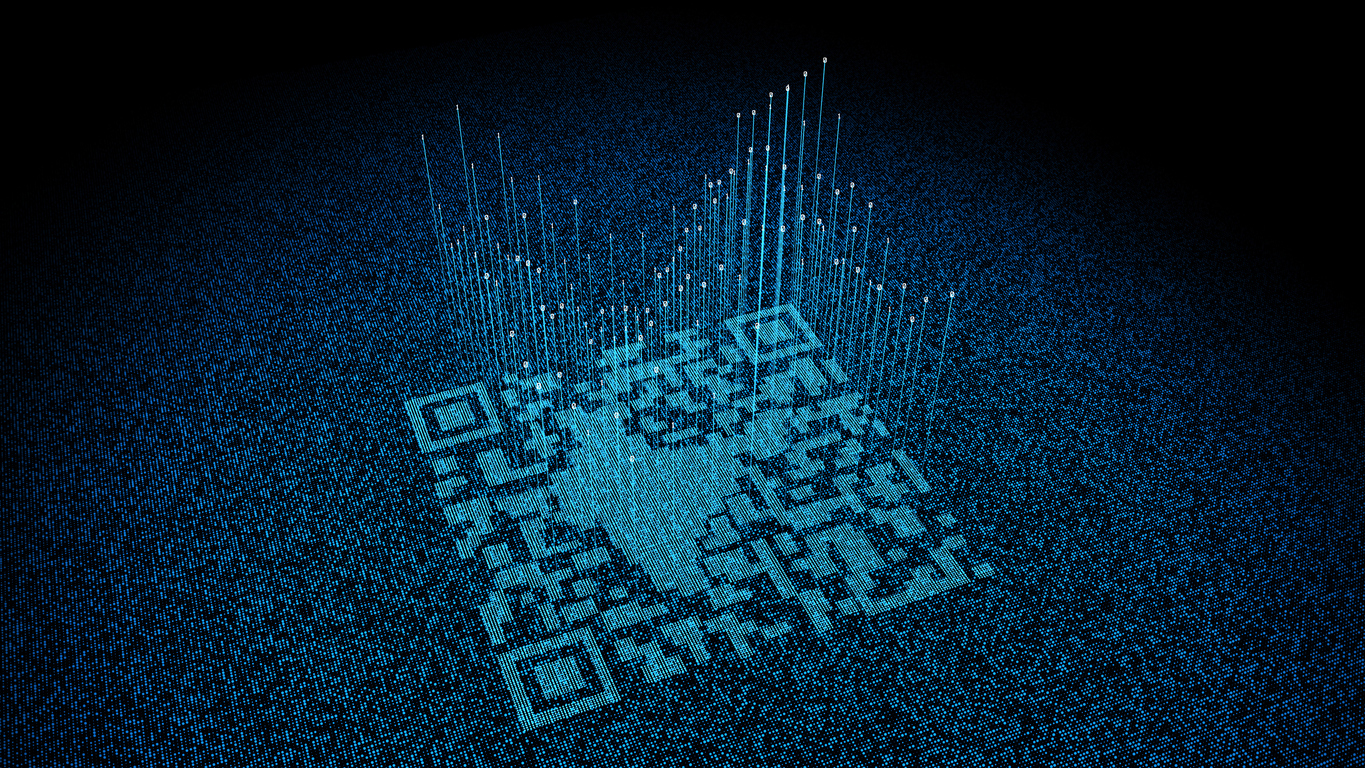
October 7, 2024
UPI has positioned India as a global leader in real-time payments, with digital transactions expected to surge across retail sectors
Government schemes like Pradhan Mantri Jan Dhan Yojana (PMJDY) and Direct Benefit Transfer (DBT) are promoting financial inclusion, supported by rising mobile and broadband penetration
Between 2023 and 2024, internet subscribers in India grew from 88.1 crore to 95.4 crore, with rural areas accounting for a significant portion of new users
The digital economy, which accounted for 4.5% of GDP in 2014, is expected to contribute 20% by 2026, with sectors like finance, healthcare, and education undergoing large-scale digital transformation

India’s financial ecosystem has undergone a paradigm shift driven by the government’s digital initiatives and the widespread adoption of efficient and affordable 4G and 5G services. According to a report by Ask Capital, the country is on course to becoming a US$1 trillion digital economy by 2028, with increased internet penetration and homegrown technological innovations such as UPI playing pivotal roles.
The adoption of cashless transactions has surged, supported by the rapid digitalisation of the Indian economy and the growing number of smartphone users. A report from the Indian Council for Research on International Economic Relations (ICRIER) indicates that India’s digital prowess has surpassed that of developed nations like Japan, the UK, and Germany, reflecting the impact of robust digital policies.
Government initiatives like Pradhan Mantri Jan Dhan Yojana (PMJDY) and Direct Benefit Transfer (DBT) have expanded financial inclusion, with more individuals accessing banking and payment services. In March 2024, data from the Telecom Regulatory Authority of India (TRAI) showed that internet subscribers reached 95.4 crore, with significant growth in rural areas. The number of broadband subscribers increased by 7.7 crore, further deepening digital access across the country.
India’s digital payments landscape has also evolved rapidly. Between 2017 and 2023, retail digital payments grew by 50.8%. By 2027, UPI is expected to account for 90% of total retail digital payments. The Reserve Bank of India (RBI) also plans to introduce the Unified Lending Interface (ULI) to simplify credit processes, especially for rural borrowers, by enabling seamless data transfer between lenders and data providers.
Sectors such as healthcare and education have seen substantial digital advancements under initiatives like the Ayushman Bharat Digital Mission (ABDM) and e-Sanjeevani, India’s national telemedicine service. The COVID-19 pandemic also accelerated the digitalisation of education, shifting school lectures from traditional classrooms to digital platforms.
The e-commerce sector is expected to be crucial in driving India’s digital economy forward, particularly in rural areas where digital payment transactions are growing. According to the report, digital payments in India are nearing an inflexion point, projected to reach US$10 trillion in value by 2026. With continued government support, increased internet access, and a wealth of digital talent, India is poised to become a global digital leader.
Source: Economic Times